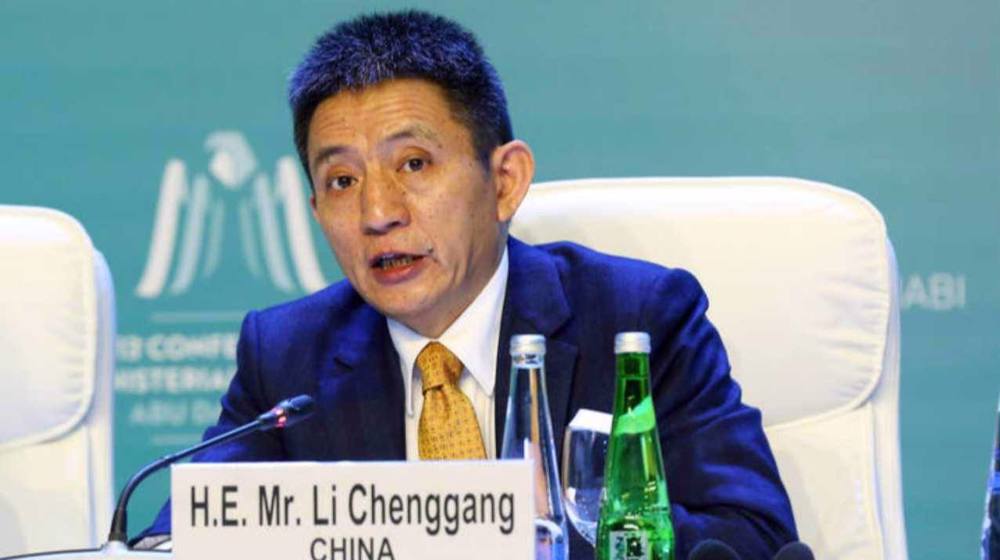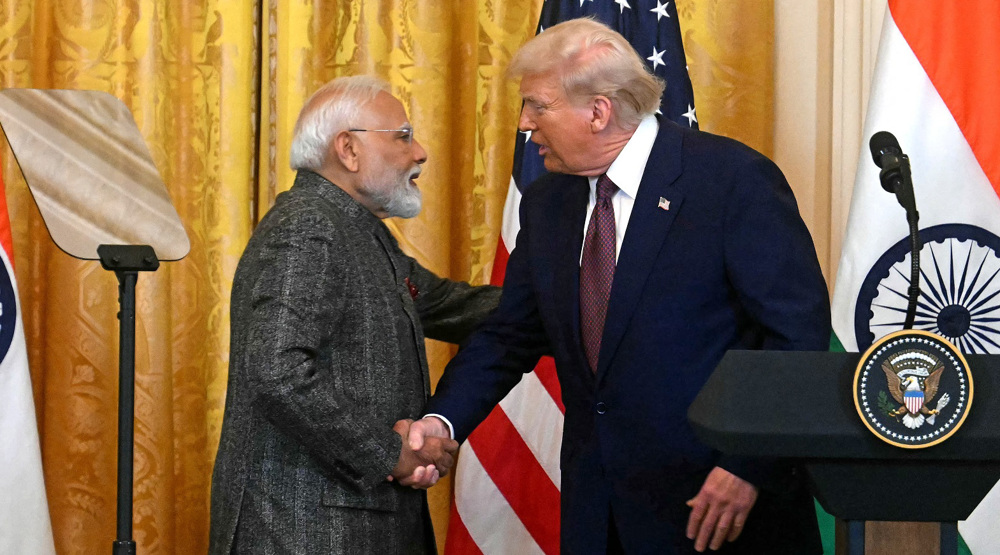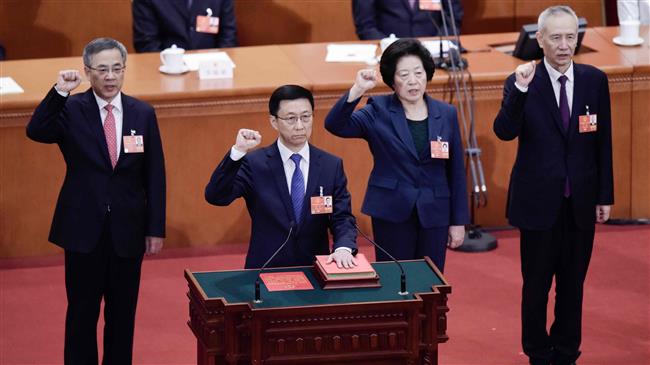Taiwan scrambles jets to follow Chinese aircraft holding drill near island
Taiwan says it has sent aircraft to follow Chinese fighter jets in flight during a combat simulation drill over a strategic South China Sea waterway.
China had deployed an unspecified number of Xian H-6 bombers, Su-30 fighter jets and Y-8 transport aircraft over Bashi Channel on their way to the West Pacific Ocean during military exercises on Monday, Taiwan’s Defense Ministry said.
Chinese fighter jets carried out combat patrols over the waterway that connects the South China Sea with the West Pacific.
Taiwan’s aircraft followed the jets until they returned to their base in the mainland, the ministry said.
This came less than a week after Taiwan sent its ships and aircraft to shadow a Chinese aircraft carrier group that sailed through the Taiwan Strait.
Taipei claims that China has increased its military activities around the self-ruled island during the past year. Beijing, however, says it has no hostile intent.

China and Taiwan split amid a civil war in 1949; however, Beijing’s leadership pursues their reunification, saying the two will eventually be one. It has repeatedly warned Taipei against any separatist move.
Tensions have been running high between Taipei and Beijing over a law adopted by the United States some two weeks ago, which encourages visits between US and Taiwanese officials “at all levels.”
Infuriated by the law, China’s President Xi Jinping delivered his strongest warning ever to Taiwan and said it would face the “punishment of history” for any attempt to split the mainland.
The US also acted on the law last week, sending Assistant Secretary of State Alex Wong to Taipei under the so-called Taiwan Travel Act.
In 1979, the US adopted the “One China” policy of recognizing Chinese sovereignty over Taiwan. Under the policy, the US recognizes and has formal ties with the government in Beijing rather than with Taiwan.
The travel law has been the second attempt by the administration President Donald Trump to undermine that policy.
Trump first angered China in November 2016 by taking a congratulatory phone call from the Taiwanese president Tsai Ing-wen, a member of the pro-independence Democratic Progressive Party.
In the meantime, the US has no diplomatic relations with Taiwan, but maintains military ties with Taiwan, forwarding advanced military hardware to the self-ruled island.
Conservatives win German parliamentary elections amid surge in far-right support
Israeli jets flyby over Nasrallah funeral ‘act of terror’: Iran FM
IRGC: Nasrallah funeral ‘global resonance of resistance’; Hezbollah resolute to dismantle Israel
VIDEO | Pakistanis attend mass funeral for martyred Hezbollah leaders
Hamas condemns escalation as Israel deploys tanks into West Bank for first time in decades
Iran Army’s hovercrafts fitted with advanced long-range missiles: Navy chief
VIDEO | Pro-Palestine protesters in Madrid call for end to Israeli crimes
VIDEO | Tehran commemorates martyred Hezbollah leader














 This makes it easy to access the Press TV website
This makes it easy to access the Press TV website